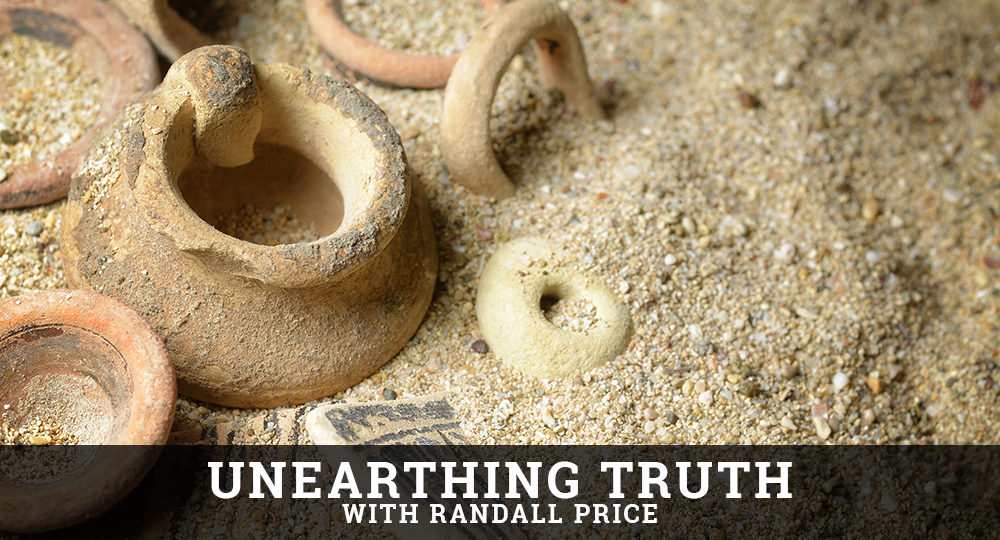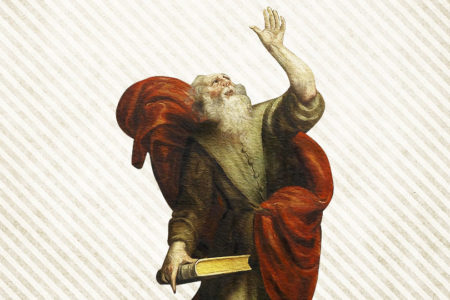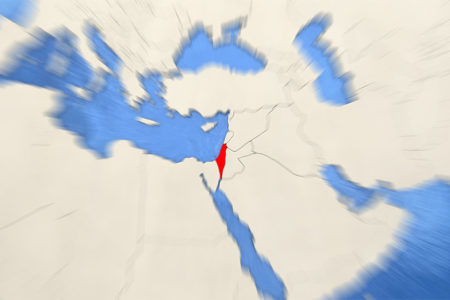Archaeology on the Back of a Camel
When I was a student at the Hebrew University, Professor Avraham Malamat told our class no camel bones had ever been found from the time of the Patriarchs. The problem, as the professor saw it, was that the Bible incorrectly placed Abraham and his kin in the second millennium BC even though camels were not domesticated until the first millennium BC.
Scripture teaches that Abraham owned camels and that Rebekah and Rachel rode camels (Gen. 12:16; 24:10; 31:34). The majority of critical scholars contend there is no support for the domestication of the camel before 1200 BC, well after the Patriarchs; and they consider these scriptural accounts anachronisms, meaning they belong to a period other than the one in which they appear. In this case, they say, they belong to a later period, when camels were domesticated.1
This issue may seem trivial, but at stake is the Patriarchs’ historicity. A much later writer could not have reported earlier events accurately, making the entire account suspect as invented history.
However, archaeology has demonstrated that the domestication of the camel, at least on a limited scale, took place much earlier than previously supposed. The problem is not the lack of domestication but, rather, which type of camel is in view.
Two species of camels were associated with the Ancient Near East: the dromedary (long-legged with a single hump) and the Bactrian (stocky with two humps). Archaeological sites like the Umm an-Nar island, Tell Abraq, and Al Sufouh have produced examples of dromedary camel bones dating to the third and second millennium BC. But the strongest support for early domestication is for the Bactrian camel.2
Although this wild camel stayed outside urban areas, droughts forced them to migrate into more populated areas (cf. Gen 24:64; 37:25).3 Recognizing how well-suited they were to the harsh desert environment, people employed them. Michael Ripinsky argued for domestication in the fourth millennium BC,4 and R. W. Bulliet traced a first stage of domestication to southeastern Arabia in the fourth or third millennium BC.5
Early Bronze Age discoveries of model camels attached to miniature clay carts in Southern Turkmenistan also show the Bactrian camel was in use by the early third millennium BC.6 In addition, third millennium BC gold and silver vessels depict Bactrian camels,7 as does a cylinder seal from Syria in the 18th century BC with two figures riding astride. Also, a Sumerian love song from the Old Babylonian period (third–second millennium BC) mentions the camel being milked, which also implies domestication.8
There is no reason why the species of camel used by the Patriarchs could not have been the Bactrian, which is precisely what the archaeological record shows is most probable.
Archaeology again has demonstrated that we have every reason to trust the text of Scripture, first because it is Scripture and second, because God has left us evidence to confirm its historicity and, therefore, its truth.
ENDNOTES
-
-
- John Van Seeters, Abraham in History and Tradition (New Haven, CT: Yale University Press, 1975), 18.
- M. Heide, “The Domestication of the Camel: Biological, Archaeological and Inscriptional Evidence from Mesopotamia, Egypt and Arabia, and Literary Evidence from the Hebrew Bible,” Ugarit-Forschungen Vol. 42 (2010), 337.
- Ibid.
- Michael Ripinsky, “The Camel in Dynastic Egypt,” Journal of Egyptian Archaeology 71 (1985), 131–141.
- R. W. Bulliet and Randall Yonker, The Camel and the Wheel (New York, NY: Columbia University Press, 1997), 36.
- Ibid.
- Ibid., 344.
- Ibid., 356. The primary source can be found in The Assyrian Dictionary of the Oriental Institute of the University of Chicago I/J, 2 (lines 18–27).
-








